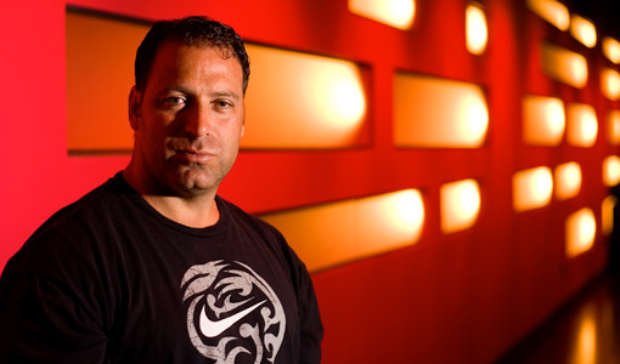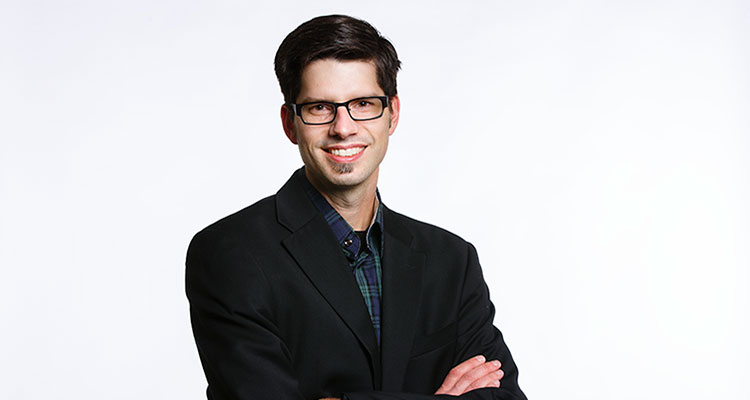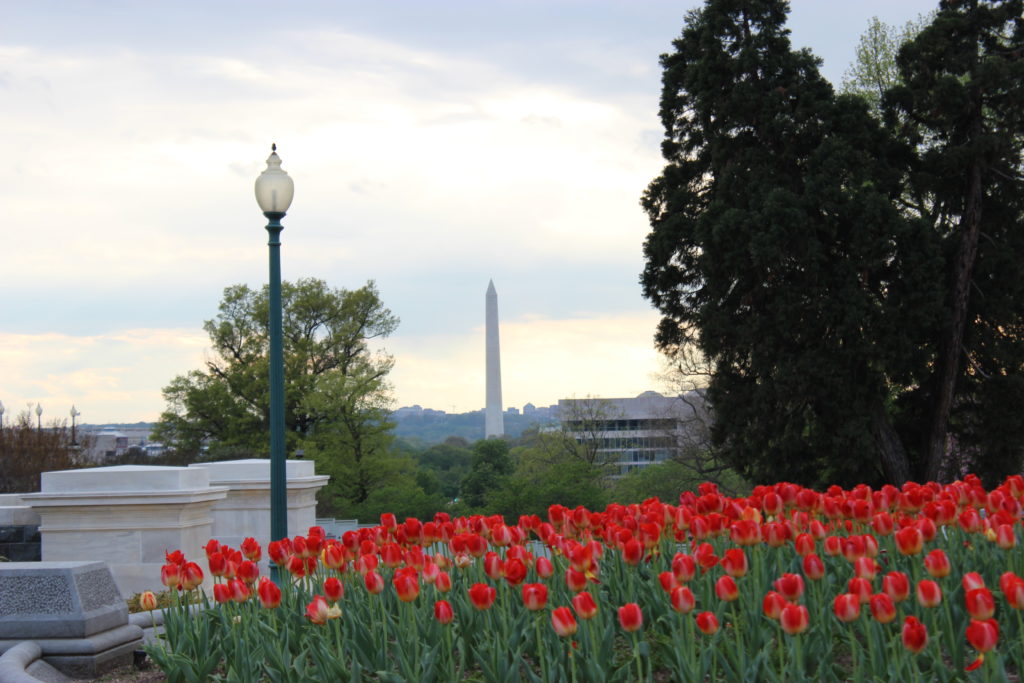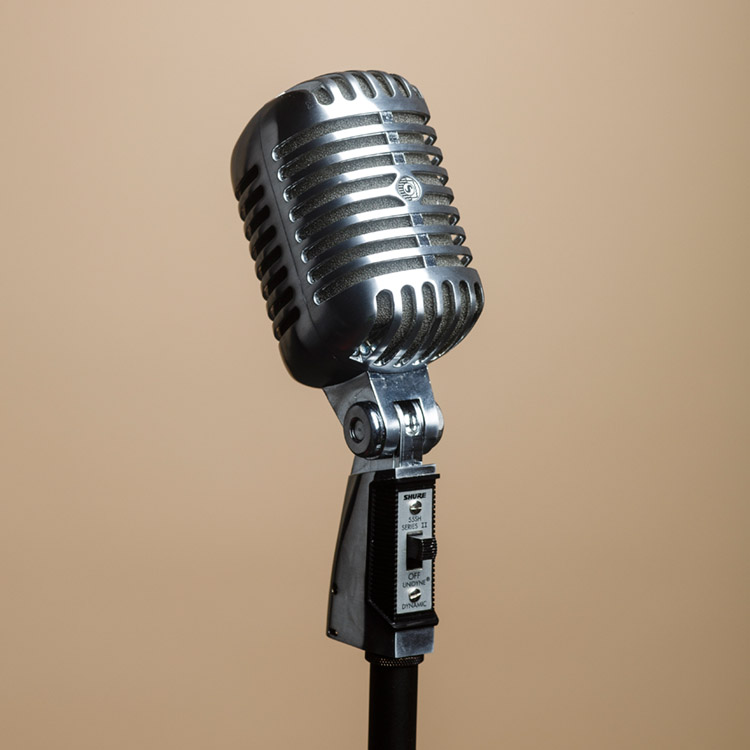How does a St. Thomas business grad end up opening a 35,000-square foot nightclub?
It was a long process.When I graduated, I wasn’t sure what I wanted to do for a career. I tried insurance for a while, but it wasn’t my thing. My mother owns a car dealership in Montana, and I worked there for a summer. Again, it wasn’t my thing.
I opened my first bar, The Rock, with a loan from my mother in 1997. I had spent enough time in bars to realize that money could be made in the liquor industry if it wererun right. The Rock was very successful, and in 2000 I expanded the space to 10,000 sq. ft. It was then that I started to plan what would ultimately become Myth.
I sold The Rock when construction began on Myth in 2004. We opened in September 2005 and I haven’t looked back.
So how did your business courses help you in the start-up and running of the club?
I get asked this question a lot. My answer has always been that the main thing St. Thomas taught me was how to think. My business courses were not classes that you just took multiple choice tests every Friday. There were a lot of classes that required my classmates and I to do projects that put us into real-life situations. As I look back now, they were the most valuable classes I took, and they really prepared me for running a club of this size.
What kind of music were you interested in during college?
I went to college in the ’80s. What else? Hair bands.
Have any hair bands made it to Myth?
We’ve had Ratt, Warrant, Cinderella, Firehouse and, of course, Mötley Crüe for our 1-year anniversary.
What has been your favorite booking?
Mötley Crüe has been my favorite so far. If you were a teenager in the ’80s, there wasn’t a greater band to hear. From the decadence of their lifestyle to the loud brash style of their music, they were the unprecedented “kings of the hair bands.”
There was a rumor a while back that First Avenue was going to close and reopen in a suburban strip mall. The response was overwhelmingly negative.
I think that people were mainly upset that a historic music venue like First Avenue would be taken from downtown Minneapolis to the suburbs. First Avenue has a legendary status not only in this city, but in the state.
A few years later, you opened Myth in a Maplewood strip mall. What did your market research tell you before you chose the spot?
The main thing I looked for in building Myth was to find a place that had plenty of parking as well as good freeway access. It just so happened that the spot I found was in Maplewood. Next, I looked at the demographics surrounding Maplewood and found the per capita income was higher than normal, and the age demographic for a nightclubwas perfect.
How did you come up with the concept for Myth?
The concept was taken from clubs I had seen around the world. There is a little bit of Vegas, a little South Beach and some of the giant dance clubs you find in Mexico.Are you surprised that people are willing to travel to clubs in the suburbs?
People will travel to wherever they can find entertainment. It doesn’t matter if it’s downtown or in the suburbs.
Who is your primary audience?
Young adults ages 21-34. They tend to spend more when they go out, and as a business owner I try to book shows that will attract this age group. They have by far the most expendable income and generally will spend every dollar they’ve got.
I’ve turned down many older bands because older bands attract older fans, and older fans don’t spend anywhere near as much in the club as the younger ones do.
How many people come to the club on a typical night?
For a sold-out show we draw 4,000 people. On a typical dance night we get 1,000.
Myth is the largest club in the metro area. Why does size matter?
Size matters for the simple fact that the more people you can put in your club, the more money you can make.
How many people do you employ on a typical night?
On a typical night we have 50 employees at the club. For a sold-out show we have 120 people on staff.
Are large nightclubs like Myth financially viable with so many expenses tied to salaries, booking charges and security?
If run right, the club can easily support the salaries. The key again is to give people a reason to come to your venue. If they have a reason, they will pay for the ticket,drinks, etc.
With large clubs now open in Blaine and South St. Paul, have we seen the end of downtown clubs like Quest and First Avenue?
I don’t think we will ever see the end of the downtown clubs. There is always someone with a new idea, and always a space available to rent or buy. I think competition is good because the consumer is always looking for entertainment options. And I like to believe that Myth can offer the best.
So, what does the future hold for Myth?
Myth continues to grow in the number of shows and events we hold. We have Ultimate Fighting once a month, fashion shows, corporate events and the Republican National Convention has booked us for seven nights next year.
And how about you?
I’m in the planning stages of building the next Myth. I hope to open it in Omaha in the next two years.





